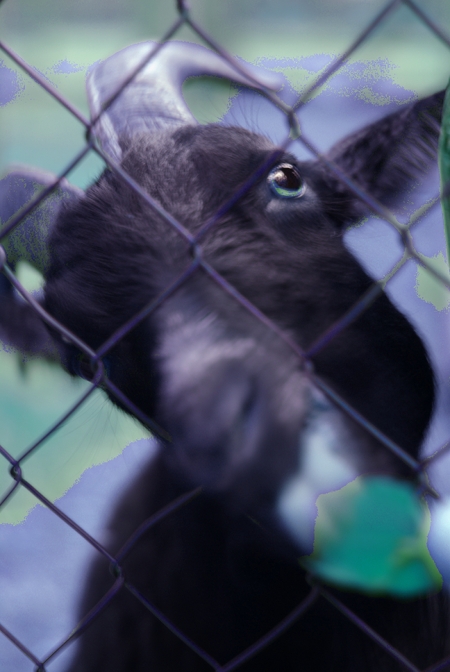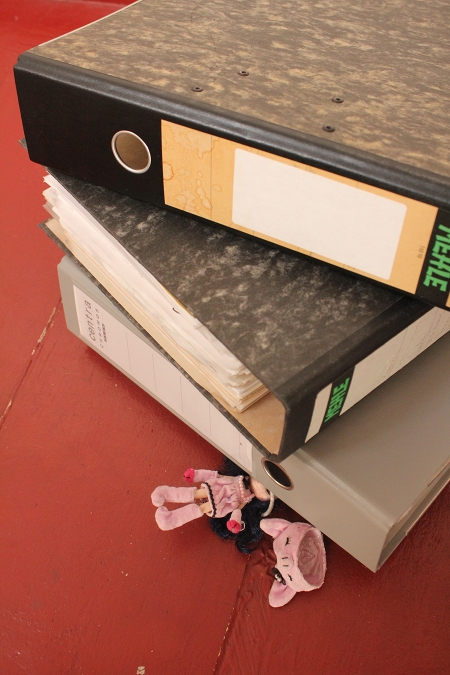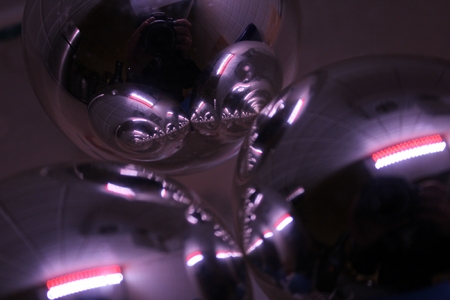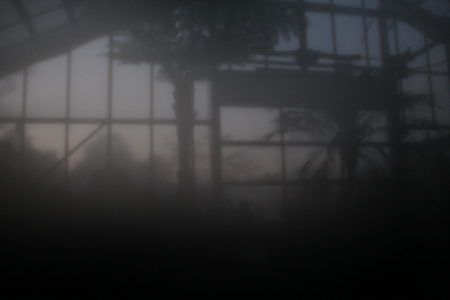from the lost radioactive property office
Friday, November 11th, 2011
“Biquiertes Iodîner” artwork by Worthülsenfrüchtchen.
There had been low level traces of radioactive Iodine 131 in Europe these days. According to Reuters :
Germany’s Environment Ministry said slightly higher levels of radioactive iodine had been measured in the north of the country, ruling out that it came from a nuclear power plant.
Likewise
Austria’s Environment Ministry said small levels were measured in the east and north of the Alpine country, saying the estimated dose level for the population was one 40,000th of the dose of radiation received in a transatlantic flight.
The source of the radioactivity hasn’t sofar been identified. The IAEA thinks they are not caused by Fukushima. Again according to Reuters:
Massimo Sepielli, head of the nuclear fission unit of Italy’s national alternative energy body ENEA said any number of sources could be to blame for the readings.
“It could be coming from the transporting of (nuclear) material, it could come from a hospital … it could even come from a nuclear submarine, even if it’s a more complicated possibility … but you can’t rule that out.”
I am asking myself now how big a hospital dump must have been in order to find traces which are extending from the east of Austria to northern Germany.



